SpaceX Postpones Launch of X-37B Space Plane
12th Dec 2023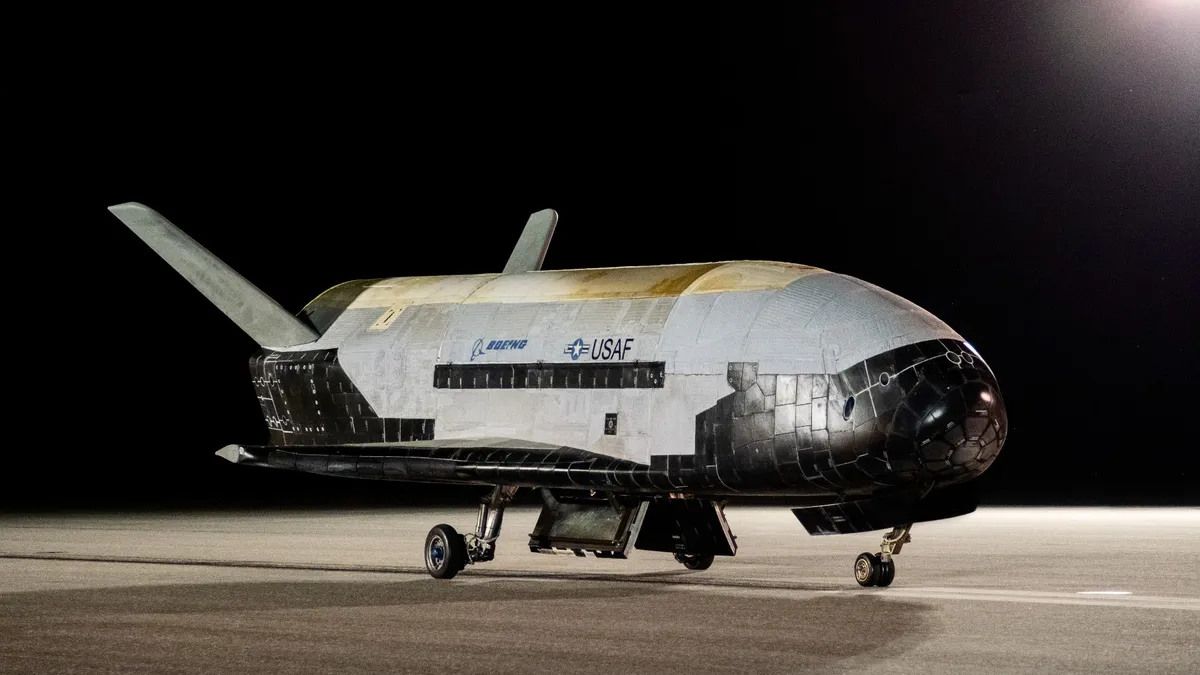
SpaceX’s Falcon Heavy rocket is preparing for a special launch, carrying the enigmatic U.S. military X-37B space plane. Resembling a scaled-down NASA shuttle with obscured windows, the X-37B is embarking on its seventh voyage. Here’s all we know about the X-37B space plane and its upcoming launch.
Update 12th December: X-37B launch postponed
Scheduled for liftoff at 0014 GMT from NASA’s Kennedy Space Center in Florida on Tuesday (8:14 p.m., EST), the X-37B robotic spacecraft was poised aboard a SpaceX Falcon Heavy rocket. However, an unforeseen “ground side issue” prompted SpaceX to delay the launch, possibly hinting at challenges within the rocket’s launchpad or fueling systems, as revealed in a social media announcement by SpaceX on Monday evening.
The company stated it’s working toward lifting off at the next available launch opportunity – 12 December, at 8:14 p.m. EST.
Boeing’s Secretive Space Fleet
There’s a widespread belief in the existence of two X-37B space planes, both engineered by Boeing. Despite their resemblance to NASA’s former shuttles, the X-37B is notably smaller, easily fitting into the payload bay of its predecessor. The maiden X-37B mission, Orbital Test Vehicle-1 (OTV-1), took flight back in April 2010, nine years before the establishment of the US Space Force. Regarding the X-37B’s imminent mission, the USSF maintains its customary secrecy. Historically, most payloads aboard the X-37B have remained classified, and this upcoming mission will likely follow suit.
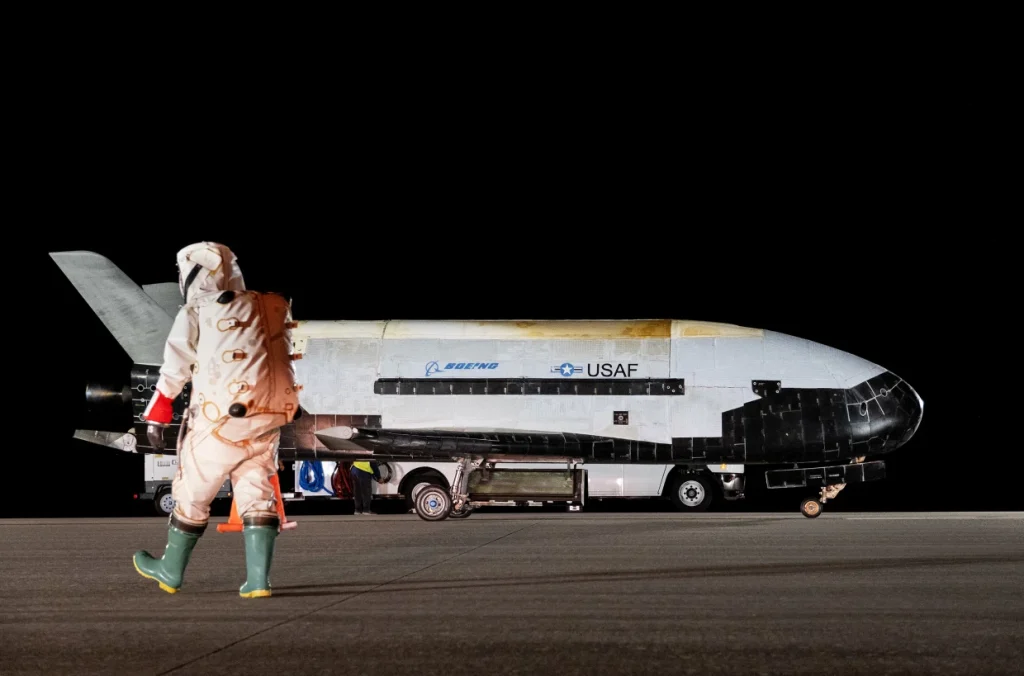
Upcoming X-37B Mission
The X-37B, also known as the Orbital Test Vehicle (OTV), is an intriguing piece of machinery. Designed by Boeing, it’s a reusable robotic spacecraft that has been the subject of much speculation due to its classified missions.
Military officials underscore the X-37B’s role as an innovation test bed, with OTV-7 possibly engaging in trialing enhanced reconnaissance instruments. This assumption is drawn from the USSF’s mention of “space domain awareness technologies,” potentially encompassing satellite surveillance to avert collisions or re-entry mishaps.
Among the few details, the USSF outlined an unclassified mission from NASA focusing on testing radiation’s impact on materials. As the X-37B ventures deeper into space, this presents an opportunity for NASA’s Seeds-2 project to explore radiation’s effects on seeds, offering insights into space-based agricultural research.
The upcoming launch signifies the inaugural ride of the space plane aboard a SpaceX Falcon Heavy, which briefly held the title of the world’s most potent operational rocket after its 2018 introduction.
Advancing Space Operations With X-37B
The spacecraft facilitates a range of experiments aimed at enhancing current and future space operations, as noted by Gen. B. Chance Saltzman, chief of space operations for the US Space Force. Onboard research includes a NASA-led endeavour named Seeds-2, which focused on developing strategies to sustain astronauts during extended space expeditions. This initiative involves exposing plant seeds to the rigours of prolonged spaceflight radiation, building upon prior X-37B mission research.
The experiments encompass diverse areas, such as piloting the reusable spaceplane in unexplored orbital territories, testing future space domain awareness technologies, and analyzing radiation effects on materials provided by NASA, as highlighted by the US Space Force.
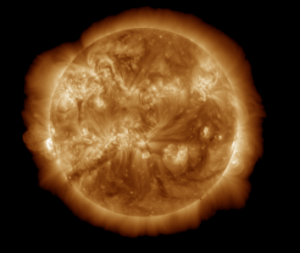


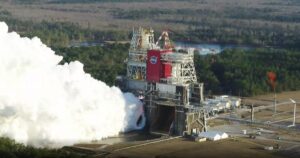

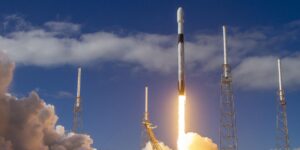
Thank you for your comment! It will be visible on the site after moderation.